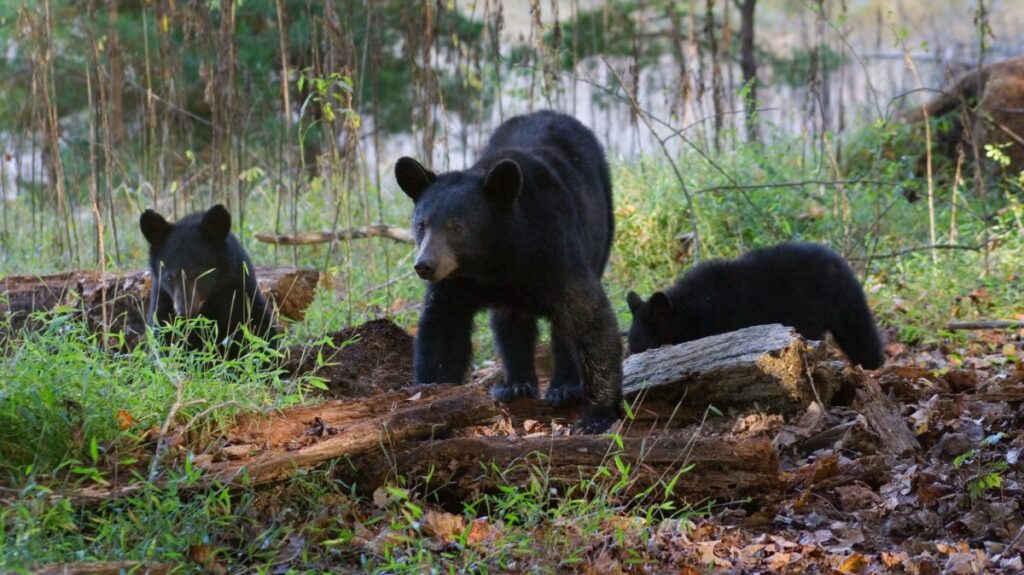The Audubon Nature Institute, located in New Orleans, Louisiana, provides a sanctuary for a diverse array of wildlife, including central figures in a charming recent event: black bears. On October 11th, the institute shared an engaging video showcasing these bears discovering a delightful surprise within a large fallen tree. This tree, nearly two centuries old, succumbed to damage from Hurricane Ida, leading to an unexpected treat for the bears amid their natural habitat. As arborists worked to remove the decaying tree, they uncovered bee hives nestled within its branches, prompting the involvement of beekeepers to safely relocate the bees. The bears were quick to enjoy the remnants of the honeycomb, delighting viewers and drawing parallels to their more whimsical cartoon counterparts.
The sight of the bears indulging in honey recalled nostalgic images of Winnie the Pooh eagerly consuming honey from jars. Their playful antics as they pawed at the honeycomb highlighted moments of pure joy, portraying a candid glimpse into their lives. It was a rare occurrence for the bears to experience such a sweet treat, further enchanting fans and visitors of the Audubon Nature Institute. The engaging scene prompted social media reactions, with comments reflecting the joyful nature of the bears’ newfound fortune and expressing shared happiness at the coexistence of wildlife and their environment.
In addition to entertaining viewers, the video serves as a platform for educating audiences about black bears and their dietary habits. As the smallest bear species in North America, black bears possess impressive physical attributes, growing to lengths of four to six feet and weighing anywhere from 150 to 650 pounds. Male black bears may reach heights surpassing seven feet when standing on their hind legs. Despite their smaller stature compared to other bear species, such as brown and polar bears, they still command respect in the wild and should not be underestimated.
Wild black bears have a diverse diet, primarily consuming fruits, nuts, and various plant life, along with honey and insects like bees and ants. Notably, they can indulge in up to 10,000 berries in a single day, showcasing their varied and opportunistic eating habits. Their remarkable sense of smell plays a crucial role in locating food sources, guiding them towards ripe fruit and hidden bee hives. The joy displayed in the video illustrates their love for honey, a sweet indulgence that coincides with their natural foraging instincts.
Honey serves as an essential nutritional source for bears, though their diet extends beyond the sweet substance. According to insights shared by experts, including Elizabeth Manning from the Alaska Department of Fish and Game, bears also consume larvae and bees within the beehive, which provide valuable protein. This nutritional strategy is fundamental for their energy needs, especially when preparing for seasonal changes. Thus, while viewers may be enthralled by the image of bears solely enjoying honey, the reality is that their culinary adventures are much more varied and protein-rich.
One interesting aspect of a bear’s foraging behavior is their resilience against bee stings. Though they often sustain minor stings during their searches for honey and larvae, their thick fur offers significant protection, making the pain more of a minor inconvenience than a deterrent. This adaptability allows bears to exploit bee hives as an abundant food resource without significant consequences. In summary, the event at the Audubon Nature Institute was not just a delightful spectacle but a rich tapestry of nature’s wonders, showcasing both the playful side of bears and the educational importance of understanding their roles in the ecosystem.

